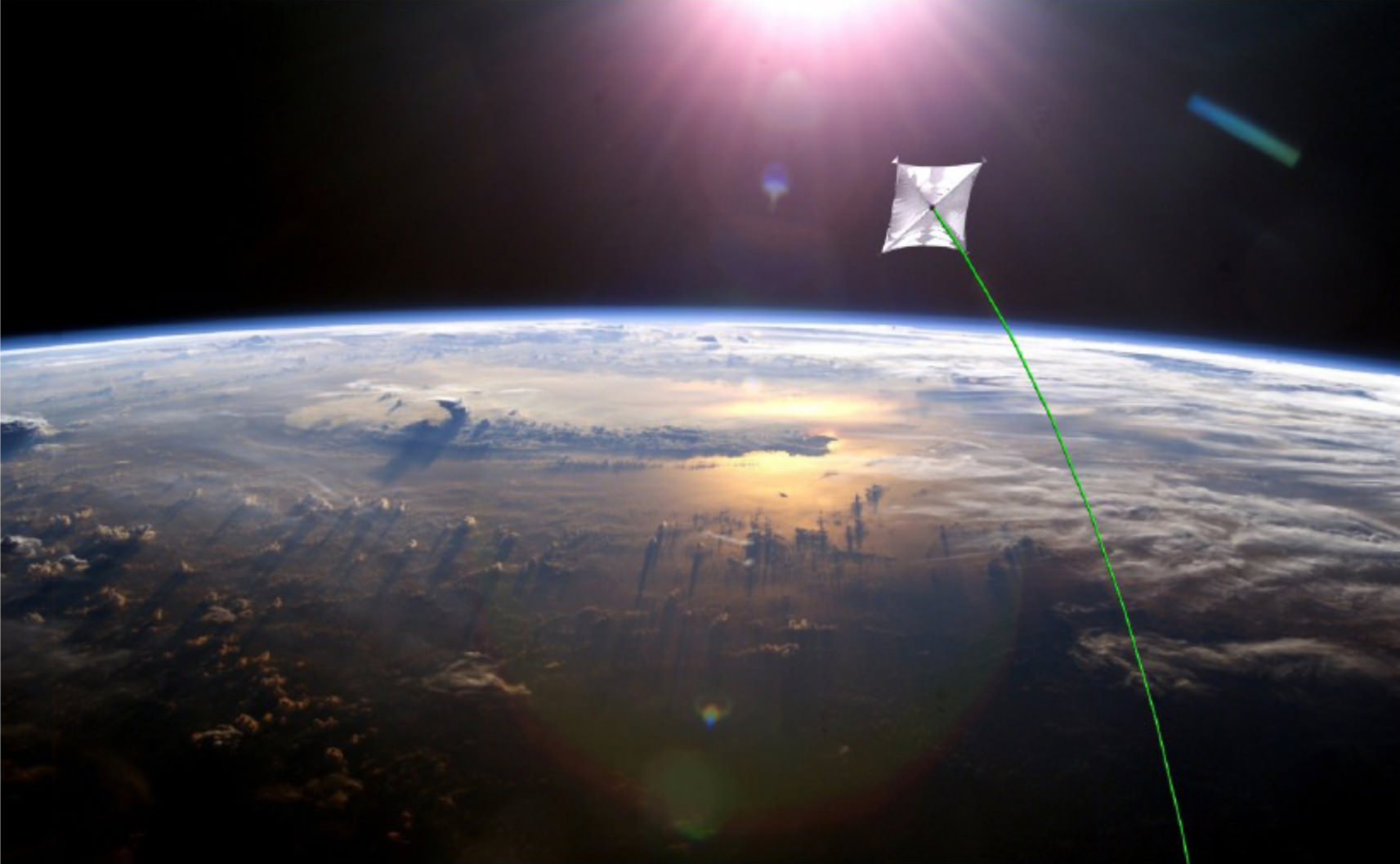Since the beginning of the space age, radio waves have been used for communication with spacecraft. But last month, NASA’s Lunar Laser Communication Demonstration (LLCD) made history by using a pulsed laser beam to transmit data over the 385,000 km (239,000 miles) between the Moon and Earth at a record-breaking download rate of 622 megabits per second (Mbps). This was NASA’s first system for two-way communication using a laser instead of radio waves. In our previous article today, we described how NASA will test out the Optical PAyload for Lasercomm Science (OPALS) on the International Space Station to demonstrate how videos can be beamed to Earth via laser beam.
What are the challenges in testing out an entirely new way of doing communications and other systems like navigation using lasers in space?
Don Cornwell, LLCD manager, discusses the challenges and successes they’ve had so far in this new video:
“The big change is the ability to do it by light, because the data rates that we’ve now done are just the opening shot, so to speak,” Cornwell said. “Radio communications systems have served us very well for the past 50 years but they are starting to run out of bandwidth, so in other words because of the frequency they use you can only modulate a certain portion of that frequencies and unless you move to higher frequencies – and light is a higher frequency than radio waves– you can’t squeeze a lot more bandwidth out, but the light systems in space, … we’ve now opened up a whole new field where we’re getting started , but the sky’s the limit regarding how much we can do there.”
Using lasers will allow for increased bandwidth for image resolution and 3-D video transmission from deep space, as well as allowing for tele-operation for long distances, such as from the Earth to the Moon.
LLCD is a short-duration experiment and the precursor to NASA’s long-duration demonstration, the Laser Communications Relay Demonstration (LCRD). LCRD is a part of the agency’s Technology Demonstration Missions Program, which is working to develop crosscutting technology capable of operating in the rigors of space. It is scheduled to launch in 2017.
Meanwhile, NASA has three other laser technology demonstration missions in the offing, likely launching in 2015 and 2016. One is a solar sail demonstration will enable propellantless laser in-space navigation for missions such as advanced geostorm warning, economic orbital debris removal, and deep space exploration.

